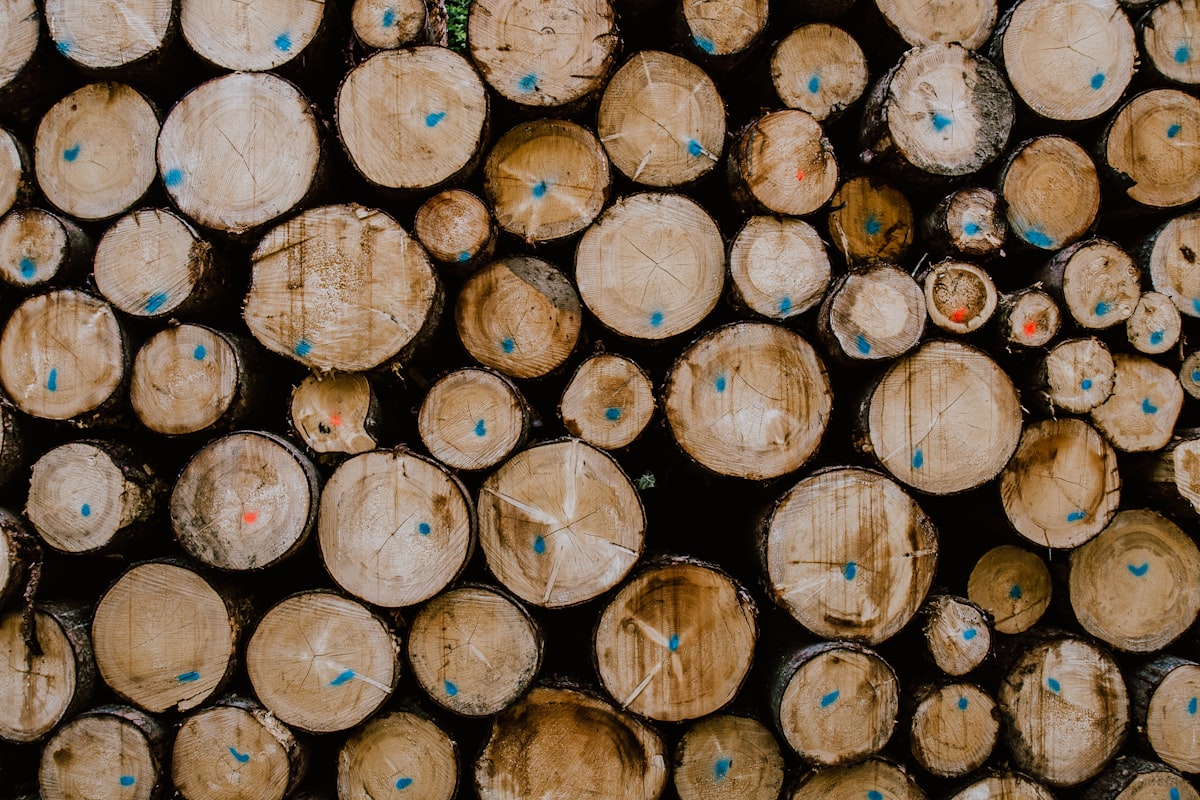Forestry activity in the Tabasco State, Mexico
There are high and medium evergreen forests, oak groves, and mangroves in the wooded forest area; other important wooded areas are covered by cocoa, coffee, rubber, citrus, and coconut trees due to their extension.





